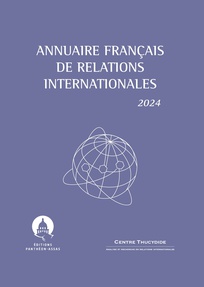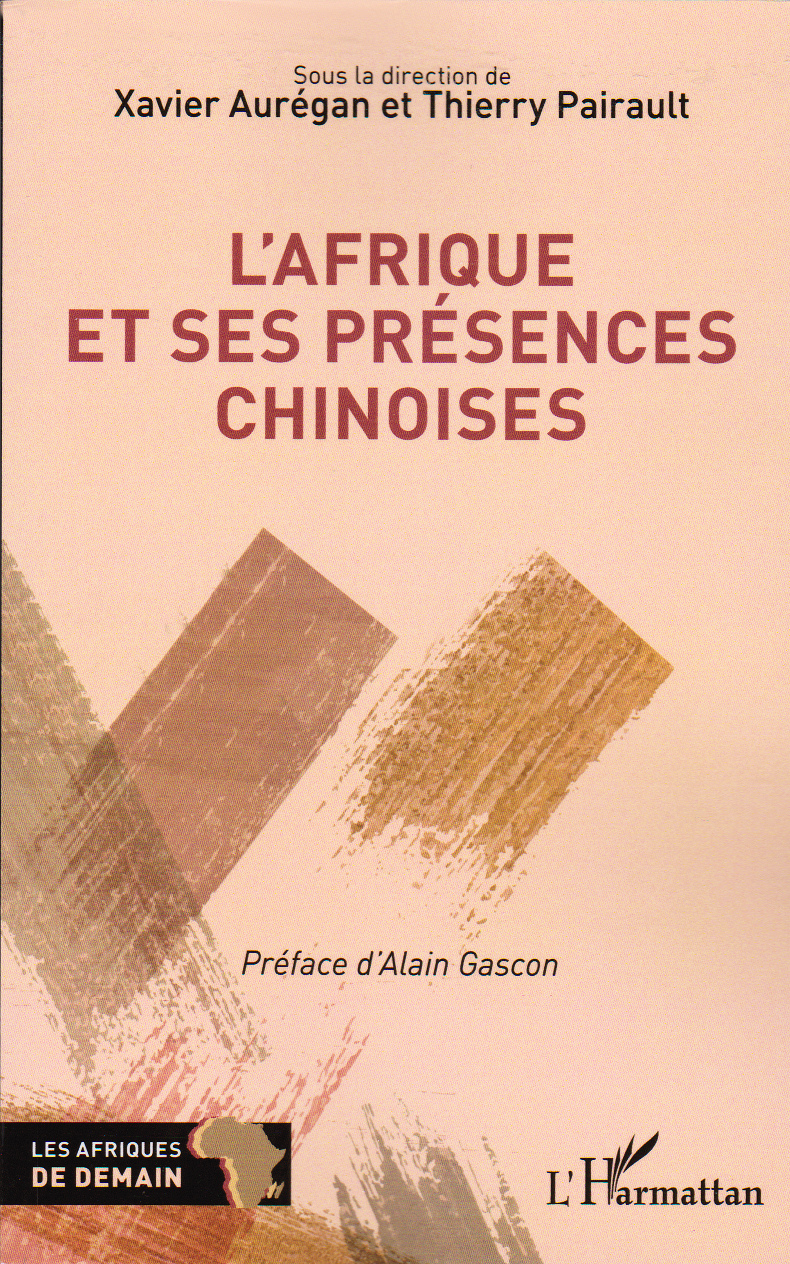Mapping the Real Routes of Trade in Fake Goods
OCDE et EUIPO, juin 2017
Executive summary
Trade in counterfeit and pirated goods is a worldwide phenomenon that is growing in scope and magnitude. Globalisation, trade facilitation, and the rising economic importance of intellectual property have been fuelling economic growth on the one hand, while on the other opening up new opportunities for criminal networks to expand the scope and scale of their operations, with serious negative consequences for the economy and society. Trade in counterfeit pirated goods also undermines good governance, the rule of law and citizens’ trust in government, and can ultimately threaten political stability.
Parties that engage in the trade of counterfeit and pirated products tend to ship infringing products via complex routes, with many intermediary points. The transit points are used to i) facilitate falsification of documents in ways that camouflage the original point of departure, ii) establish distribution centres for counterfeit and pirated goods, and iii) repackage or re-label goods. In addition, while imports of counterfeit goods are, in most cases, targeted by local enforcement authorities, goods in transit are often not within their scope, which means they are less likely to be intercepted.
This study assesses the complex routes associated with the global trade in counterfeit and pirated goods. It is important to note that higher reported shares of custom seizures, as well as higher reported estimates for being a source of counterfeited products (i.e. the GTRIC-e scores), do not necessarily suggest that an economy is a significant producer of counterfeits. The analysis in this study uses a set of statistical filters to go further in clarifying the role of important provenance countries. It identifies key producing economies and key transit points for ten main sectors that are particularly vulnerable to counterfeiting. These sectors span a wide range of IP-intense, tradable goods, including fast-moving-consumer goods such as foodstuff or cosmetics, to business-to-business products, such as spare parts and computer chips. The combined trade of fakes in these sectors account for USD 284 billion in 2013 (EUR 208 billion in 2013), more than half of total estimated trade in fake goods.
In the analysis, the People’s Republic of China (hereafter “China”) emerges as the top producer of counterfeit goods in nine out of ten analysed categories. In addition, several Asian economies, including India, Thailand, Turkey, Malaysia, Pakistan and Viet Nam are important producers in many sectors, although their role is much less significant than China’s. Turkey appears to be an important producer in some sectors - such as leather goods, foodstuff and cosmetics - which are sent by road to the EU.
The data identifies several important transit points for trade in counterfeits, including Hong Kong (China), the United Arab Emirates and Singapore, which are handling trade in counterfeit goods in all the analysed product categories. Fake goods arrive in large quantities in containers and are sent further in small parcels by post or courier services.
In addition, there are some important regional transit points. For example several Middle Eastern economies (e.g. the United Arab Emirates, Saudi Arabia and Yemen) are important transit points for sending fake goods to Africa. Four transit points - Albania, Egypt, Morocco and Ukraine - are of particular significance for redistributing fakes destined for the EU. Finally, Panama is an important transit point for fakes en route to the United States.
Finally, the data show that small shipments and parcels tend to dominate numerous trade routes, reflecting the shrinking costs of postal and courier shipments and the increasing importance of Internet and e-commerce in international trade. Shipments with fewer than ten items accounted for about 43% of all shipments, on average.
This analysis can inform policy discussions among individual governments or on a regional or global level that aim to prevent, reduce or deter trade in counterfeit and pirated goods. It can help in designing more tailored policy responses to strengthen governance frameworks aiming to tackle this risk. The report calls for more in-depth analysis for the development of efficient enforcement and governance frameworks in three areas:
- the role of free trade zones in transhipments
- the detection problem posed by small shipments
- the economic features of provenance economies, including the quantitative relationship between the intensities of counterfeiting and indices of free trade, quality of governance, and public sector integrity
Lire à https://euipo.europa.eu/tunnel-web/secure/... ![]()
Comme le Maroc est directement concerné, la presse marocaine a réagi, voir Contrefaçon: la Chine premier producteur, le Maroc pays de transit ![]() .
.












